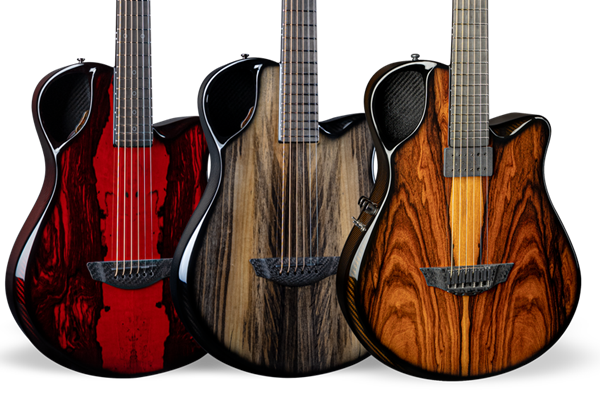For many guitar enthusiasts, collecting guitars is not just a hobby but a passion. Guitars are not only instruments that produce music but also works of art that are admired for their beauty, craftsmanship, and history. If you are a guitar collector, you may want to showcase your collection in a way that not only preserves the guitars but also enhances their visual impact. One way to do this is by using a free-standing display. In this article, we will explore various aspects of showcasing your guitar collection with a free-standing display.
Why Use a Free-Standing Display?
A free-standing display is a self-supported structure that can hold multiple guitars in an organized and aesthetically pleasing manner. There are several advantages to using a free-standing display:
Firstly, it allows for easy access to each guitar, making it convenient for musicians to choose and play their instrument of choice. Additionally, a free-standing display can showcase a collection of guitars in a visually appealing way, enhancing the decor of a music store or home studio. It also saves floor space and can be easily moved or repositioned as needed. Finally, a well-designed free-standing display can increase the perceived value of the guitars on display, potentially leading to increased sales.
Types of Free-Standing Displays
There are several types of free-standing displays that you can choose from, depending on your preferences, budget, and available space. Here are some of the most common types:
1. Floor displays: These are free-standing displays that stand on the floor and are ideal for showcasing larger products or multiple items. They can be made of various materials, such as metal, wood, or acrylic.
2. Tabletop displays: These displays are smaller and sit on top of a table or counter. They are perfect for showcasing smaller items or products that require closer examination.
3. Spinner displays: These displays rotate on a central axis and allow customers to browse through a range of products. They are ideal for displaying items like jewellery, keychains, or small toys.
4. Pegboard displays: These displays use a pegboard and hooks to showcase products. They are ideal for items that can be hung, such as clothing, accessories, or tools.
5. Slatwall displays: These displays use a slatwall panel and accessories, such as shelves, hooks, and baskets, to showcase products. They are versatile and can be used to display a wide range of items.
When choosing a free-standing display, it's important to consider your product, target audience, and available space. A well-designed display can help attract customers and increase sales.
Design and Construction
The design and construction of a free-standing display depend on various factors such as the type of guitars you have, the size of your collection, the available space, and your personal preferences. Here are some things to consider when designing and constructing a free-standing display:
1. Type of Guitars: It is important to take into account the type of guitars you have when designing a free-standing display. For example, if you have acoustic guitars, you may want to avoid storing them in direct sunlight or in a humid area.
2. Size of Collection: The size of your guitar collection will also impact the design of your display. If you have a large number of guitars, you may want to consider a multi-tiered display that can accommodate all of your instruments.
3. Available Space: The available space in your home or music room is another important factor to consider. You will need to measure the space where you want to place the display and ensure that it is wide enough to accommodate your guitars.
4. Personal Preferences: Finally, your personal preferences should also be taken into account when designing and constructing a free-standing display. You may want to choose a display that matches the decor of your room or one that has a unique design that showcases your guitars in a creative way.
Maintenance and Care
Once you have set up your free-standing display, it is important to maintain and care for it properly to ensure that your guitars remain in good condition. Here are some tips for maintaining and caring for your free-standing display:
1. Regular dusting: Dust and dirt can accumulate on the surface of your free-standing display, which can damage your guitars. Use a soft cloth or a feather duster to remove dust from your display regularly.
2. Avoid exposure to sunlight: Direct sunlight can cause the finish of your guitars to fade or crack over time. Place your display in a spot where it is not exposed to direct sunlight.
3. Keep away from moisture: Moisture can cause your guitars to warp or crack. Avoid placing your display in a damp or humid area, such as a basement or a bathroom.
4. Check the stability: Make sure your display is stable and secure. Check the legs and supports regularly to ensure that they are in good condition and can support the weight of your guitars.
5. Use proper lighting: If you want to showcase your guitars with lighting, use LED lights that emit less heat and do not damage your guitars.
By following these tips, you can maintain and care for your free-standing display and ensure that your guitars remain in good condition for years to come.
Conclusion
A free-standing display is an excellent way to showcase your guitar collection in a way that not only preserves but enhances its visual appeal. By choosing the right type, design, and construction, you can create a display that reflects your style, personality, and passion for guitars. Remember to maintain and care for your display regularly to ensure that your guitars remain in good condition for years to come.








No comments
Post a Comment